Posted: 2/18/2025
SNR faculty lead second successful study abroad to Bahamas
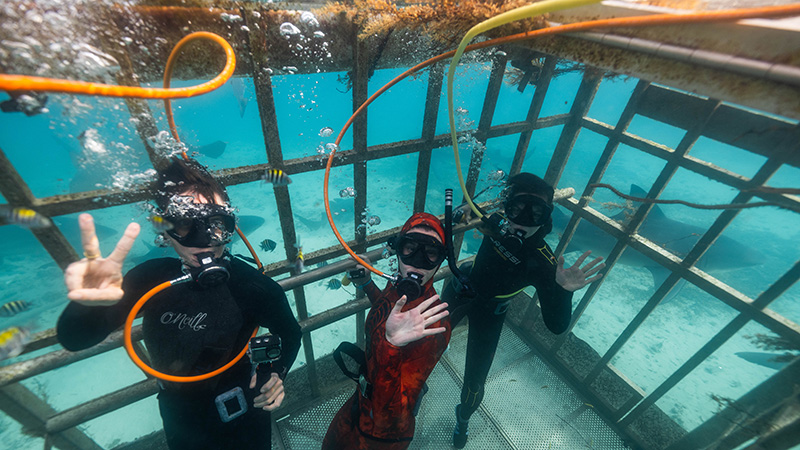
By Ronica Stromberg
Lindsey Chizinski and Rene Martin, faculty members in the School of Natural Resources, took 14 students to the Bahamas January 9-16, 2025, in a study abroad on marine ecology. In this second trip to North and South Bimini islands, they again saw sharks, stingrays and sweet success.
"Rene and I said after our first year that there was no way another trip could top the experience. We were wrong," Chizinski said. "The energy and excitement of the students was overwhelmingly positive both times.”
The Nebraska team safely viewed bull sharks up close from inside a cage suspended from a dock. They fed southern stingrays on the Honeymoon Harbor sand flat. At high tide, they viewed sharks like the Caribbean black tip and black nose in seagrass. At low tide, they checked out crabs, octopi, starfish, eels and fish in tidepools. They snorkeled at coral reefs, mangroves known to be popular with young lemon sharks, and shipwrecks and plane wrecks.
"One of the most awe-inspiring trips is a snorkel over a sand flat where endangered great hammerheads gather to feed," Chizinski said. "We’ve been lucky to see these incredible fish on both trips and also an abundance of nurse sharks."

The nurse sharks proved popular with the students and faculty, both groups describing them as slow-moving and less intimidating.
"They're like adorable puppies," Chizinski said.
The trip leaders and students viewed even these sharks at a distance, watching as field specialists from the Bimini Biological Field Station, more popularly known as the 'Shark Lab,' set out bait for the sharks and monitored them.
One of Nebraska's graduate students, Baylie Fadool, worked at the Shark Lab for three years and, now as a teaching assistant to Chizinski, assisted in leading the trip. She and Chizinski set up the first trip to the Bahamas in 2023, and Fadool continues to research nurse sharks while part of Martin’s lab in Nebraska.
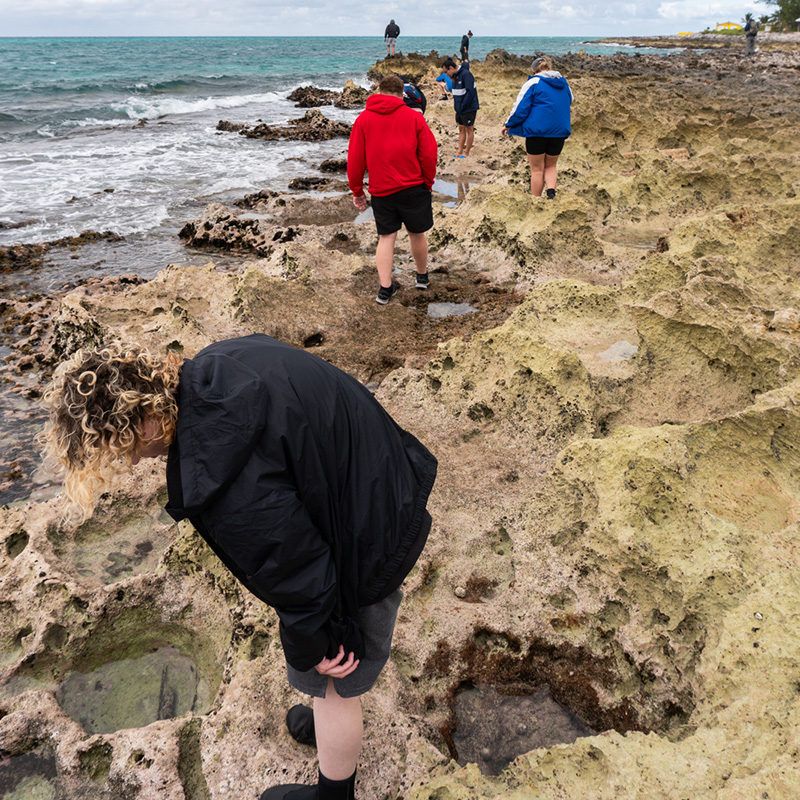
"The opportunity for students to get to know the research team at the Shark Lab is really incredible," Chizinski said. "The lab is at the forefront of cutting-edge research in elasmobranch ecology and conservation, and they often make appearances as shark experts in popular media and entertainment."
She noted they recently appeared in the 'Hammerhead Highway' episode of National Geographic's OceanXplorers TV series.
Martin said the Shark Lab hires interns multiple times a year and can use the university trips to assess student interest and compatibility with the lab.
"They frequently hire students that have previously taken a university study abroad course with them, so this provides our students with a first-hand opportunity to get their foot in the door with marine biologists," she said.
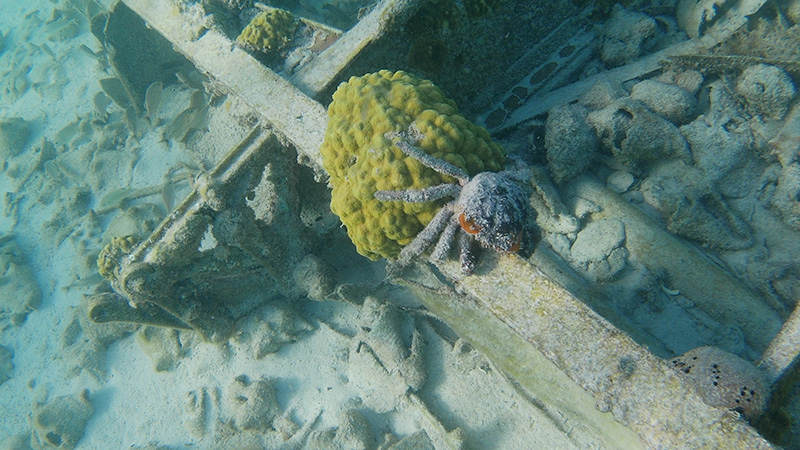
Some students who went on the prior Bahamas trip and graduated have gone on to marine research internships in Florida and Alaska, Martin said.
Through the trip, students learn about plants and animals in tropical marine systems, fisheries sampling techniques, conservation and sustainability concerns and efforts, Bahamian culture and the way tourism benefits and harms Bahamians. Chizinski said students leave the Bimini Islands with a deep understanding of the ecological and economic value of the islands' marine ecosystems.
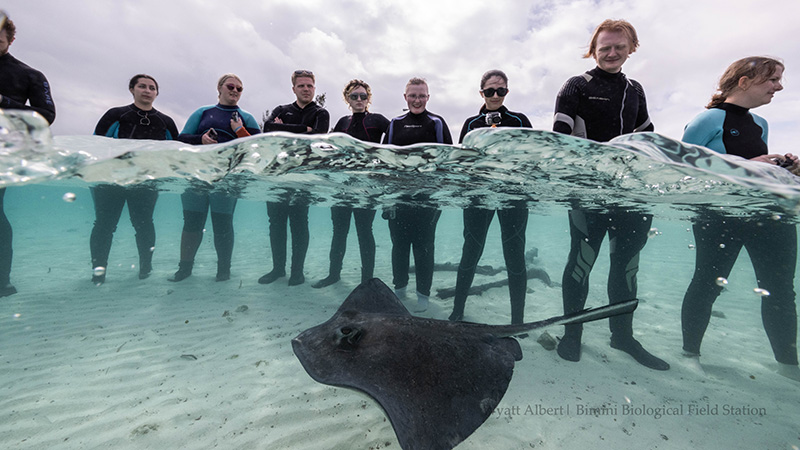
One student on the trip, Keegan Dunn, pointed out that the Bahamas generate about $114 million a year solely from tourism related to sharks.
"It's a small example of why it's not just ecologically beneficial to protect sharks, but it's economically important for the people of the Bahamas to preserve the sharks and show tourists," he said.
The course costs about $4,000 to $5,000, but students often receive scholarships to offset these costs, Chizinski said. Students receive 1 to 3 credits for the class and a grade based on daily journals they keep and participation in meetings, field trips and class instruction. They come from various majors, with the majority coming from the School of Natural Resources.
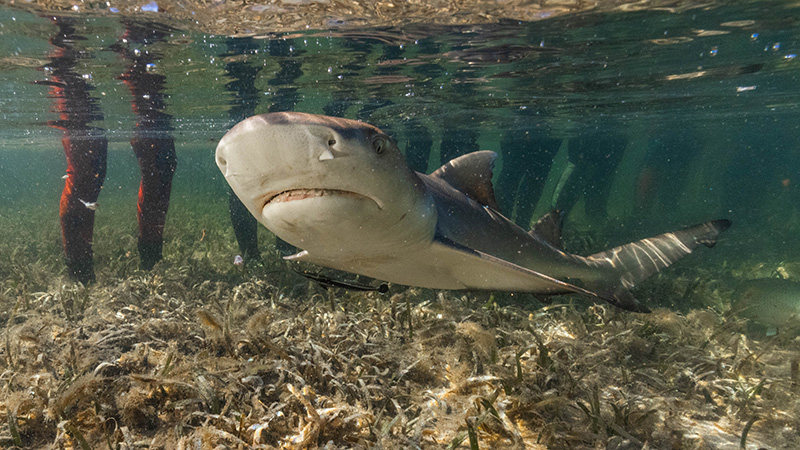
Chizinski said it is fulfilling for her to be able to help connect students to the Shark Lab.
"The motivation, direction and opportunity for the students that stem from this experience are the best reward in teaching," she said.
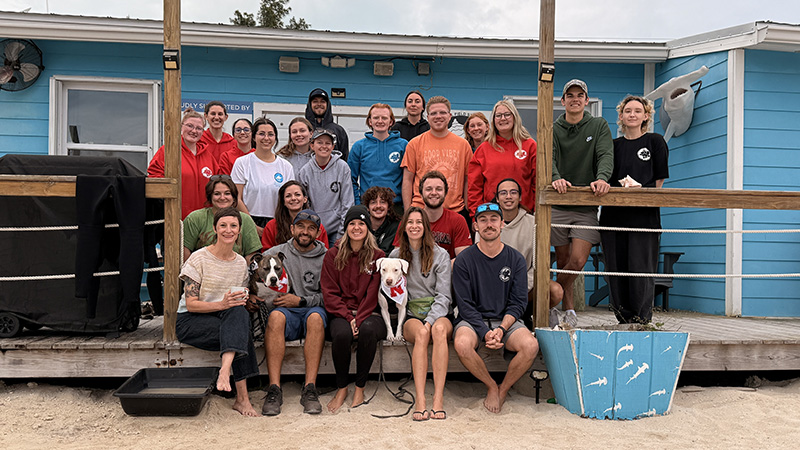
She also noted the many friendships formed through the study abroad.
"Somehow the Shark Lab makes us all feel like family," she said.
